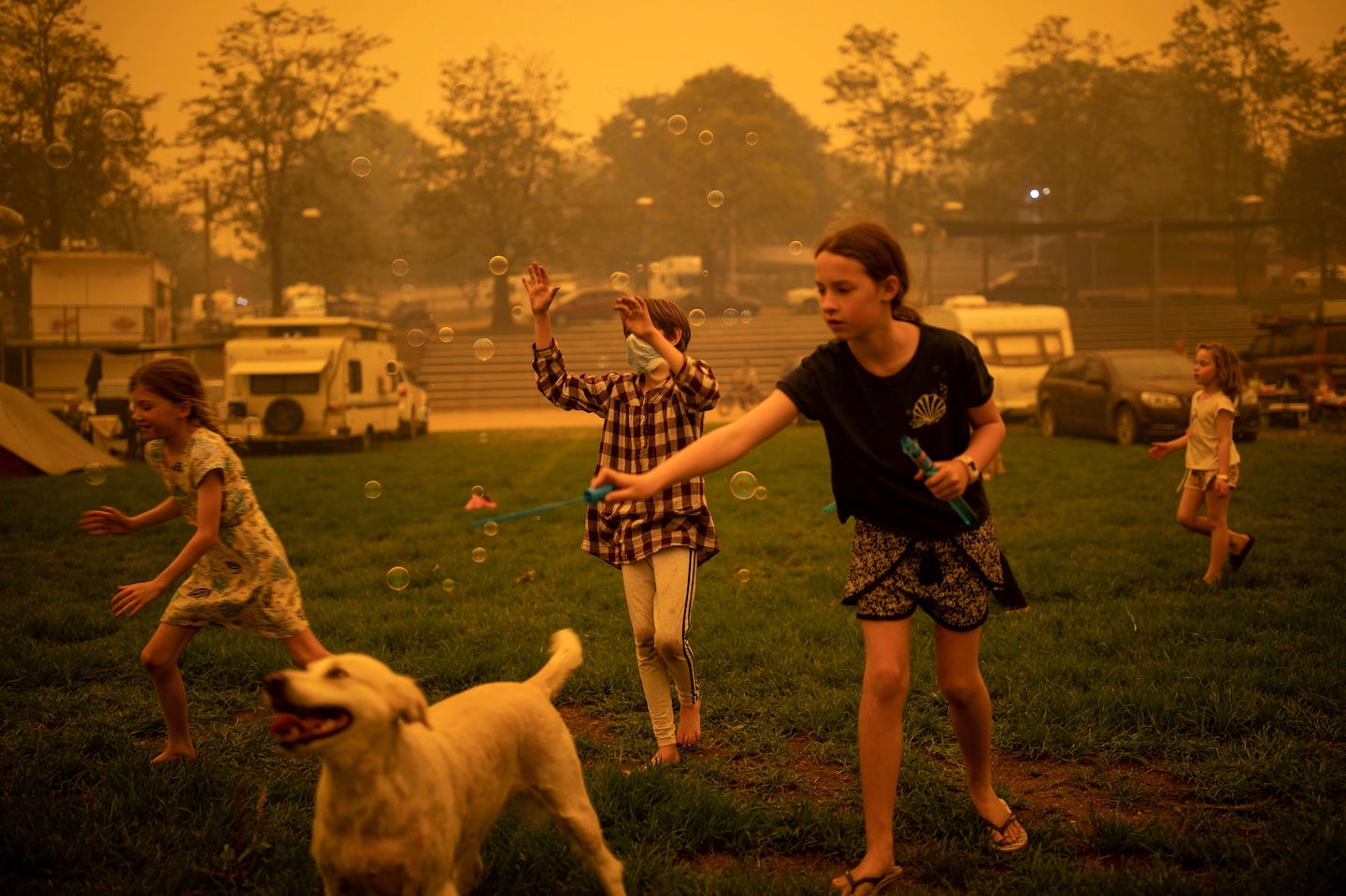What Does Weeks of Bushfire Smoke Actually Do to Your Lungs?

Credit to Author: Mahmood Fazal| Date: Fri, 17 Jan 2020 20:07:46 +0000
A version of this article originally appeared on VICE Australia.
The smoke from the bushfires in East Gippsland drifted over Melbourne’s suburbs this week, resulting in an instant drop in air quality to the “hazardous” level.
And now, according to the Environment Protection Authority’s AirWatch website, levels of air pollution in the Melbourne CBD remain “hazardous” to “very poor.” In the short term people will likely suffer a bit of coughing or shortness of breath, but heavily polluted air can also lead to serious health risks, if people get enough exposure over a long-enough period of time.
"When you burn something, what you get is called particulate matter, which are these little balls of carbon," explains Brian Oliver, a respiratory disease expert from the University of Technology Sydney "On the surface, there can be all sorts of nasty chemicals attached. We worry about the really small ones, because they can penetrate down to the alveoli, all the air sacs of the lungs, and then go into your bloodstream.”
Oliver then points out that once these balls of carbon enter your bloodstream, “they basically affect every organ in your body.”
Smoke from bushfires combines a complex mixture of toxic chemicals—such as carbon monoxide, carbon dioxide, and nitrogen oxide. The large particles in bushfire smoke irritate the eyes, nose, throat, and lungs. But the biggest health threat from smoke comes from the ultra-fine particles known as particulate matter 2.5 (PM2.5), which can penetrate deep into the lungs and create long-term consequences.
“We don't know for certain what these long-term consequences are, but because this prolonged exposure to bushfires is a new thing for Australia. We know that if you're exposed to this type of pollution then you end up with lots of nasty diseases as you get older. So everything from respiratory diseases to cardiovascular diseases, certain cancers, and diabetes.”
In a report by the Washington Post, health officials in NSW said hospital admissions for respiratory problems have increased more than 34 percent in the period from December 30 to January 5. Those most at risk have obviously been people closest to the fire, but also pregnant women, children, the elderly, and people with respiratory diseases like asthma, emphysema, bronchitis, or pre-existing allergies.
“The people on the front line, living there, are at the most risk," says Oliver. "For those people, it might be like being trapped in a building that's on fire. The smoke is that hazardous. Worst case scenarios are suffocation and death. Down the scale might be acute lung injury and hospitalization, because essentially the inside of your lungs have been burned.”
When air pollution is “very poor,” even healthy people may experience symptoms like difficulty breathing, coughing, and chest tightness. “If you're living in Sydney or Melbourne and you've had two months’ worth of exposure, it will cause some damage and it will lead to health consequences in the future,” asserts Oliver.
The best way to mitigate the short-term symptoms is to stay indoors and close all windows, don’t burn candles or incense, and don’t operate machinery or devices that emit smoke. Researchers also suggest boosting your body’s resistance against particulate matter by increasing your intake of fish oil, and Vitamins C, B, and E. If you work outside it is worth purchasing an N95 face mask or P2 “respirator” mask.
“What we normally get in Australia is one or two days of exposure, maybe a week at most,” explains Oliver. “[But] if you look at the air quality measurements from December, about half the month was rated as hazardous. It’s already much worse than we are used to.”
Stagnant conversations in government about the harmful effects of climate change are a primary concern for researchers. As Oliver asserts: “the thing that we can't predict is what the bushfire season is going to look like next year. Because when we're looking at future risk, it’s not just exposure this year… it’s predicting a lifetime's worth of exposure."
Follow Mahmood on Twitter.
This article originally appeared on VICE AU.